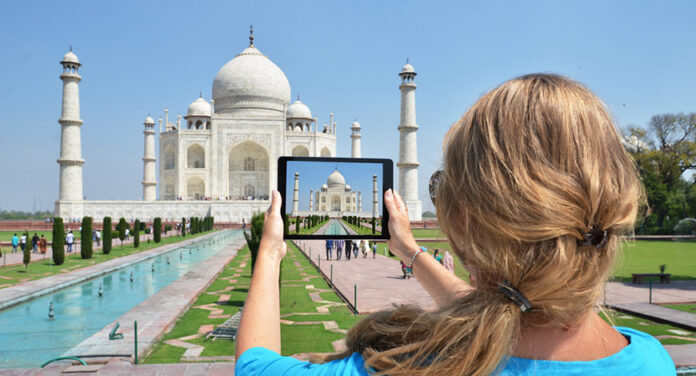India’s ambitious Vision 2047, which aims to transform the nation into a $32 trillion economy by the time it marks 100 years of independence, places tourism at the heart of its long-term growth strategy. As one of the fastest-growing segments of the Indian economy, the tourism sector is expected to emerge as a major contributor to GDP, employment, and global branding.
The government envisions India as a year-round global tourist destination by 2047, with a diversified portfolio encompassing heritage, spiritual, medical, eco, rural, and adventure tourism. Efforts are underway to build modern infrastructure, promote regional destinations, and enhance digital connectivity to improve both domestic and international tourist experiences.
Tourism as a Strategic Economic Engine
India’s tourism industry already contributes around 9.2% to the country’s GDP (pre-pandemic levels) and supports nearly 40 million jobs directly and indirectly. With the Vision 2047 framework, the sector is expected to witness exponential growth through integrated planning, targeted investments, and public-private partnerships.
The plan involves boosting international arrivals to over 100 million annually by 2047 while also expanding domestic tourism beyond the traditional “Golden Triangle” of Delhi, Agra, and Jaipur. This includes developing circuits like the Buddhist Circuit, the Ramayana Circuit, the Northeast Corridor, and spiritual hubs like Varanasi and Rameswaram.
Infrastructure and Investment Push
To support tourism-led growth, massive investments are being channeled into airports, high-speed rail, highways, and port connectivity under schemes like the PM Gati Shakti and UDAN. State governments are also being encouraged to partner in thematic tourism development, backed by initiatives such as Swadesh Darshan 2.0 and the National Digital Tourism Mission.
The government is also promoting sustainable and eco-friendly practices, particularly in Himalayan and coastal regions, to ensure tourism development aligns with environmental conservation goals.
Global Branding and Soft Power
India is actively using its civilizational legacy, yoga, Ayurveda, cuisine, and festivals to bolster global soft power. Events like the G20 Tourism Working Group meetings and international tourism expos have been leveraged to position India as a diverse and culturally rich destination on the world stage.
The vision includes promoting India as a global hub for wellness and spiritual tourism, building upon its ancient knowledge systems and natural healing traditions.
Employment and Entrepreneurship Opportunities
Tourism is expected to create tens of millions of new jobs by 2047, particularly in hospitality, travel services, tour operations, and digital platforms. MSMEs, startups, and local artisans stand to benefit from the expanding tourism value chain, with initiatives aimed at skilling and empowering youth in tourism-linked professions.
A Holistic Vision for 2047
As India sets its sights on becoming the world’s third-largest economy, tourism is being shaped not only as an economic driver but also as a force for cultural preservation, community development, and global engagement. Vision 2047 presents a roadmap where tourism plays a transformative role in achieving inclusive, sustainable, and resilient growth.
With coordinated efforts across states, ministries, private stakeholders, and global partners, India’s tourism sector is well on its way to becoming a pillar of its $32 trillion economic ambition.



